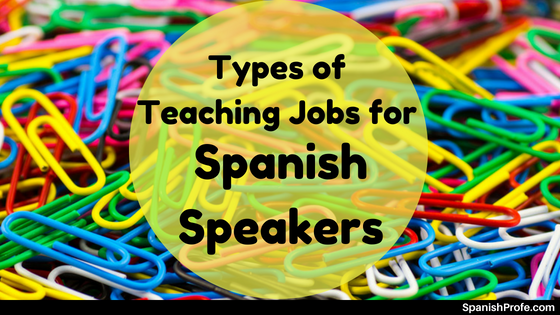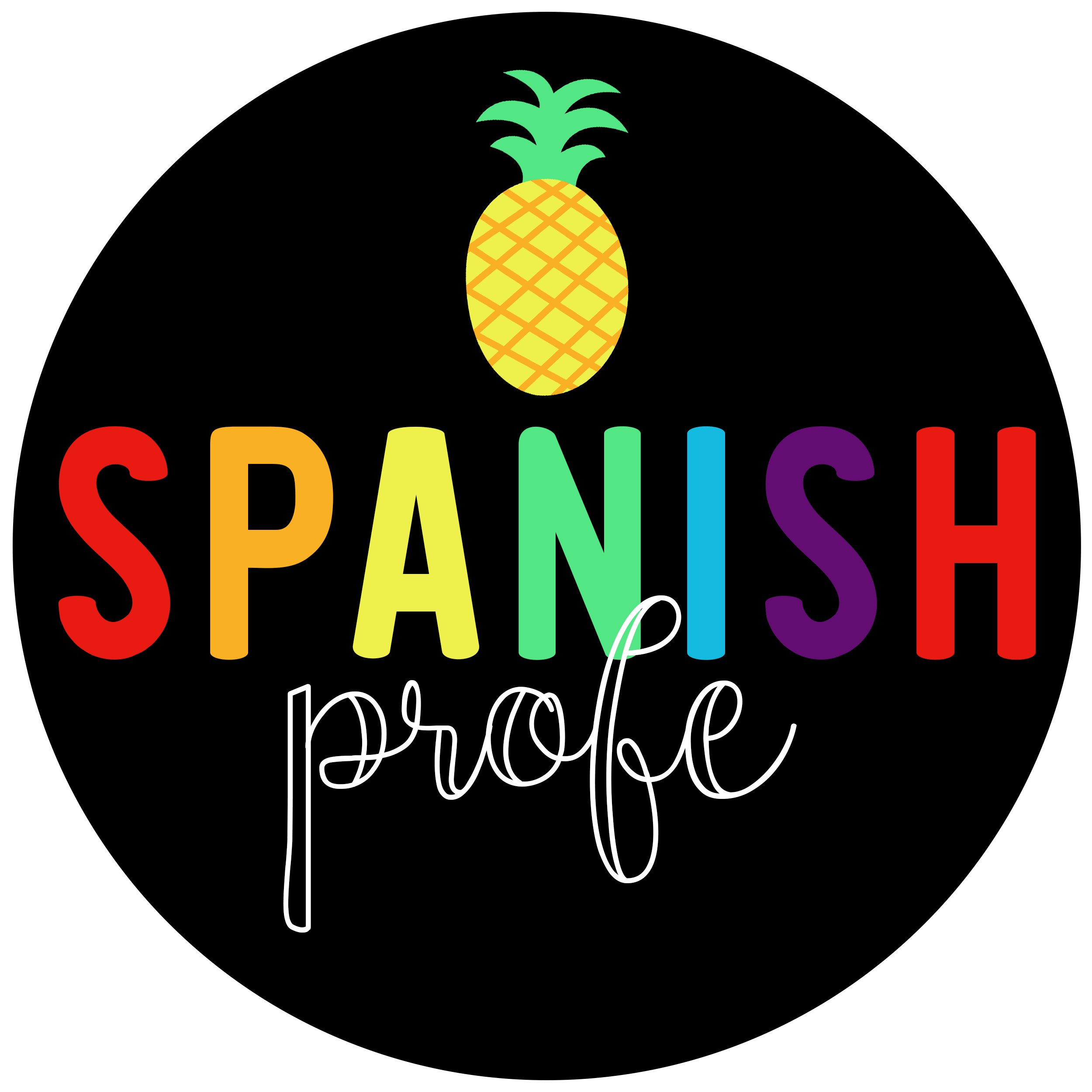Interested in becoming a Spanish teacher? Bilingual and looking to put your skills to good use? Wondering what types of teaching positions are available for bilingual teachers?
There are two general types of teaching positions for Spanish speakers.
1- Spanish as a world language or foreign language teachers Positions
As a Spanish language teacher, you are going to teach the Spanish language to students. As a Spanish teacher, you would meet with your classes for forty-five minutes, an hour or a ninety minutes a day (or week) depending on the schedule at the school. You most lively would see several student groups a day. Spanish classes are often available in high school, middle school and even sometimes elementary school. A Spanish world language or foreign language teacher would be teaching the language vocabulary, grammar, improving students proficiency and understanding of Spanish. A few common class titles that a Spanish teacher may teach are; Spanish 1, Spanish 2, Spanish 3, Spanish 4, IB Spanish, AP Spanish, Spanish Literature and Language or Spanish for Heritage Speakers. To be a Spanish language teacher you usually need a K-12 or a 6-12 Spanish teaching credential or license.
2- Bilingual, Dual Language or Spanish Immersion Teacher Positions
The second type of position for Spanish speakers are bilingual, dual language, and immersion teaching positions. To have one of these positions you will need an elementary education licensure or teaching credential; be sure to investigate requirements in your state. What are these positions? Bilingual, Dual language and Immersion programs start in pre-K or kindergarten and go all the way through elementary school. Many school districts also have an immersion or a bilingual track in middle school and high school as well. Students might have some of their secondary classes in Spanish; for example Social Studies or Science in Spanish.
What is the difference between bilingual, dual language and immersion positions?
Spanish Immersion Teacher Positions:
There are generally two types of immersion schools; one-way immersion and two-way immersion., In a one-way immersion all or the majority of the students are monolingual (speak one language). They’re learning Spanish at school and most likely only speak English at home. In an immersion program are not just learning Spanish instead they are attending elementary school in Spanish. They do reading, writing math, social studies, all classroom routines, everything that a normal kindergartener, first or second grader would do in a regular elementary school but in a Spanish immersion school students (and teachers) do everything in their target language. There is also two-way Immersion schools. In a two-way immersion school, about half the students are native Spanish speakers and then half of the speakers are English speakers, so in a two-way immersion there is a good mixture of diversity and students can learn from each other.
Bilingual and Dual Language Teacher Positions:
Bilingual and Dual Languages differ from each school and school district. If you are interviewing to be a DL or bilingual teacher you will want to investigate (or ask) what program that the school/ district you are interviewing with uses. Dual languages or Bilingual programs might teach half the day in English or half in Spanish. Some programs are day specific, for example, Monday, Wednesday, Friday they speak Spanish and Tuesday and Thursday are English days. Some programs they might alternate the days each language spoken in the classroom. Other bilingual and dual language programs have a first grade English teacher and a first-grade Spanish teacher and then both their classes spend half the day with the English teacher and half the day with the Spanish teacher. If they follow that model than the teachers work together to ensure all standards are taught and that they are not doubling up or missing something since each only teachers a portion of the curriculum. In this type of program, students are developing both their English language skills and their Spanish language skills again at the same time.
Spanish Immersion, dual language and bilingual teachers commonly teach a grade level, for example, Kindergarten, first grade, second grade, etc.
If you’re interested in becoming a Spanish teacher, there are lots of opportunities out there. Spanish world language or foreign language positions cost commonly need a 6-12 or K-12 Spanish licensure. Bilingual, dual language and immersion positions usually have an elementary education licensure (K-6 or 1-6) and are bilingual. Many school districts require bilingual candidates to take a proficiency exam to ensure that your Spanish language skills are a sufficient level for the program.










